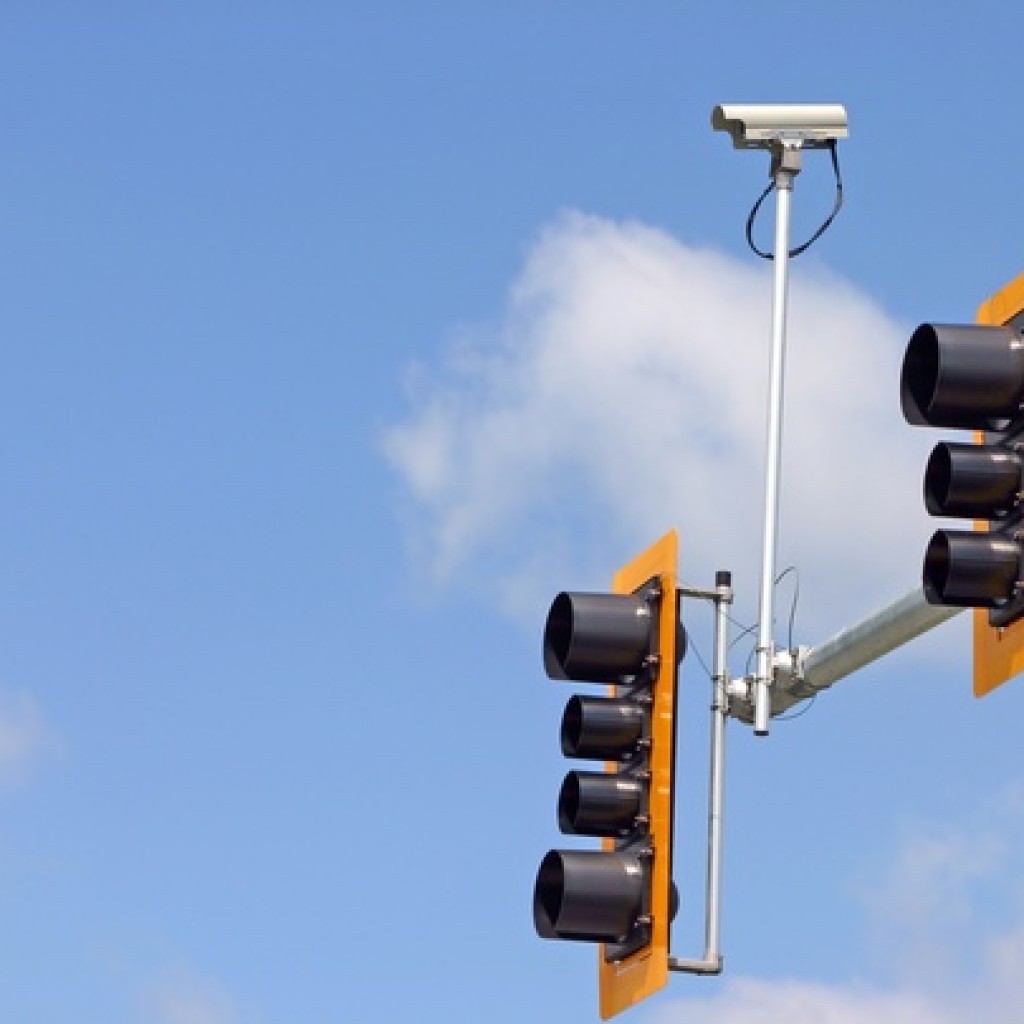
St. Petersburg based GOP state Sen. Jeff Brandes has for several years aimed to extinguish intersection red-light cameras, so it should be no surprise he introduced SB 168 Monday. The bill would repeal the Mark Wandall Traffic Safety Act and eliminate red-light cameras in Florida.
“Red-light cameras are another example of taxation by citation, and Florida cities are in full retreat as municipalities from Tallahassee to Fort Lauderdale continue to shutter their programs,” Brandes said in a prepared statement. “As soon as a city starts to lose money they shut down their camera program. We’ve heard the claims that these programs are focused on safety, but the numbers demonstrate that this has almost always been about raising revenue.”
Red light cameras have become a flash point since their introduction in Florida in 2010. The fine statewide is $158, but if unpaid it can jump to more than $250: The exact amount varies county to county. The technology has proved controversial, with critics like Brandes contending the cameras are simply a revenue generator for local communities.
WTSP-Channel 10 reporter Noah Pransky reported two years ago that the Florida Department of Transportation (FDOT) quietly changed the state’s policy on yellow intervals in 2011, reducing the minimum below federal recommendations. The rule change was followed by engineers, both from FDOT and local municipalities, collaborating to shorten the length of yellow lights at key intersections, specifically those with red-light cameras. Shortening the interval between green and red clearly increases ticket revenue.
Currently, 15 municipalities use such technology. St. Petersburg used to be among them, but the city killed its contract with Arizona-based camera vendor American Traffic Solutions this past September.
The 2016 Legislative Session will make the fourth in a row that Brandes has proposed such legislation. Although he’s not been able to end the program outright, he has been able to pass measures requiring municipalities to adopt proven safety measures, such as yellow-light extensions and better intersection signs, before they can consider installing a red-light camera.
In his statement, Brandes once again cited a 2014 report by the Legislature’s Office of Program Policy Analysis and Governmental Accountability (OPPAGA) that found 56 percent of jurisdictions in the study did not utilize recommended safety countermeasures, such as longer yellow lights, before the installation of red-light cameras. The study found that 58 percent of jurisdictions in the study used yellow-light times at the state minimum.


